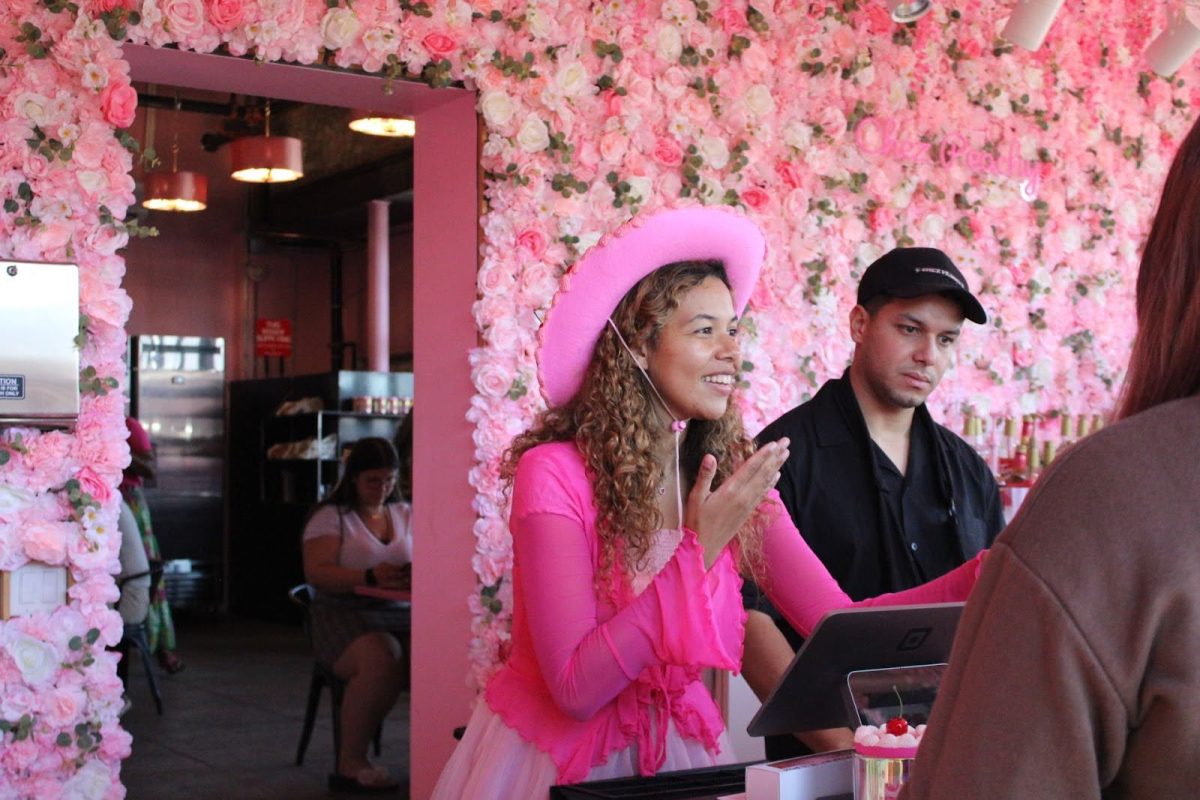It descends upon the UA Mall like an early Christmas. It’s magical for many reasons, most of all the crushing upsets that are witnessed in Arizona Stadium. Yes, it is Homecoming I speak of. Besides dishing out some stone cold ass-whoopings, a special component of homecoming is the sale of alcohol on university property.
At outrageous prices, beer flows to those who take advantage of this holiday from university-sanctioned sobriety. So what does selling alcohol have to do with the recession? Everything!
As students struggle to plan for the unplanned, university and state officials should do the same. Whether from the legislature or President Shelton, the same old message keeps coming out: “”We have no money today, already spent tomorrow’s money, and are trying to get a cash advance for next week.”” We get it. Times are unbelievably tough, which is why we need to reassess our “”values”” and how principled we can really afford to be. (Hint: we’re desperate, so the bar isn’t that high). When the students become the last choice for revenue, it’s time for drastic action.
Gov. Jan Brewer’s five-point recovery plan for Arizona involves $1 billion of “”necessary”” budget reductions by 2010, which will inevitably mean more cuts for education. The Arizona Board of Regents, like a true political body, was able to simultaneously voice its opposition and cast unanimous support. Blatantly hypocritical, the Regents had “”no choice”” due to lack of revenue.
The issue of “”no choice”” regarding revenue generation is a matter of redefining “”choice,”” just how the Arizona Board of Regents redefined “”as nearly free as possible”” to mean “”we need more money.”” State and university officials have “”no choice”” but to raise tuition only if they completely rule out other sources of revenue, like, say, selling beer at sporting events.
Numerous issues accompany alcohol distribution, but they can be manipulated just like affordable education has been. Alcohol cannot be purchased with university funds, but this hurdle can be cleared with modest contract negotiations. Distributors can be allowed to sell alcohol, which is not purchased by the university, and are taxed, I mean “”surcharged,”” a high level to create revenue. This is but one example of how rules can be lubed and tailored, as state officials are well-versed.
It doesn’t take extrasensory perception to foresee potential problems that could ensue, which is why practical regulations would be put in place. First off, Zona Zoo would have to be off-limits. Forgive me, but the general student population, dragged down by many outliers, is not the appropriate section for beer distribution. Instead, why not sell beer in the most obvious place: the Circle K Red Zone.
Like a beer garden, the Circle K Red Zones can be retooled as a 21+ area for beer consumption. Hell, there could be a $5 cover charge to just get in the zone. My college experience has taught me that there will always be a demand for alcohol, so we might as well capitalize on it as much as possible.
In light of economic concerns, the new Circle K Rowdy Red Zones would employ the age-old tactic of insane price inflation. Sure, six to eight dollars for a beer is crazy, but there are even more insane fans willing to dish out their hard earned bills. High prices would keep most fans from consuming too much, while still raising a good chunk of change. If too many people start getting wasted, then just raise the prices even more. Keeping the alcohol isolated in the designated areas will decrease the likelihood of Zona Zoo smuggling.
There is absolutely no way to remove alcohol from sporting events. Even without alcohol ads or distribution, fans will always show up intoxicated and mini-skirts will double as a flask hideout. Prohibiting the sale of legal distribution only reverts legal drinkers to their underage ways. 18- and 21-year-olds treat their “”body as a container,”” utilizing urination and fasting to maximize their capacity.
Though irresponsible on the part of the drinker, the prohibition itself only reinforces this trend among students. Sure, fans are still going to drink before the games, but having a legal source of adult refreshments can go a long way to curb potential alcohol poisoning caused by those last three shots before entering the stadium.
All readers should ask themselves this question, “”Am I against legal distribution of alcohol more than $766 worth?”” No? Well, that’s how much the board of regents approved for the economic recovery surcharge, which doesn’t include the annual increase approved in December. More importantly, the surcharge is a temporary measure, while implementing alcohol distribution would be a constant source of revenue. Desperate times call for desperate measures, and the regents seem to have desperately abandoned the values of “”Leadership in Higher Education.””
– Daniel Sotelo is a political science junior. He can be reached at letters@wildcat.arizona.edu.








